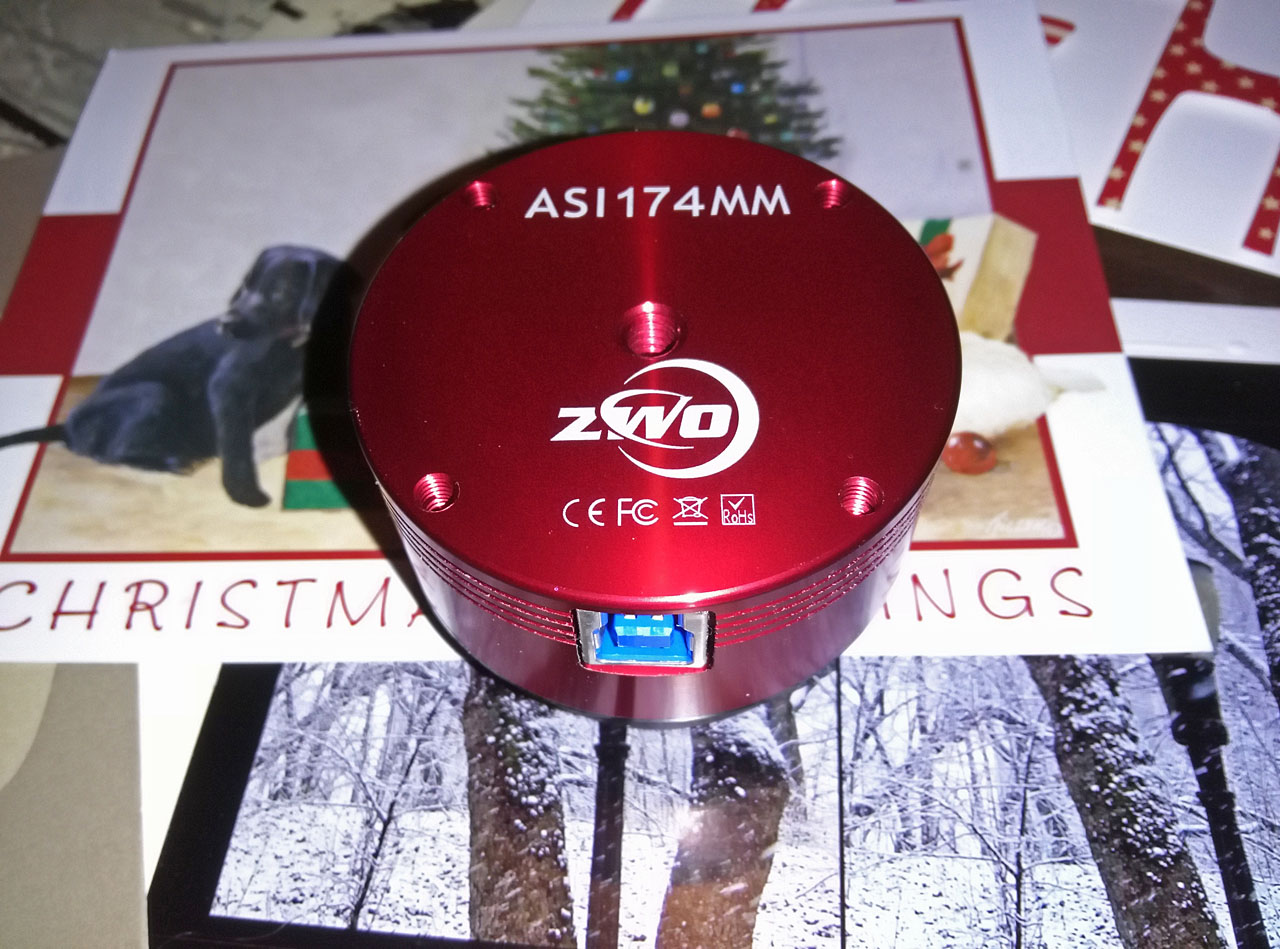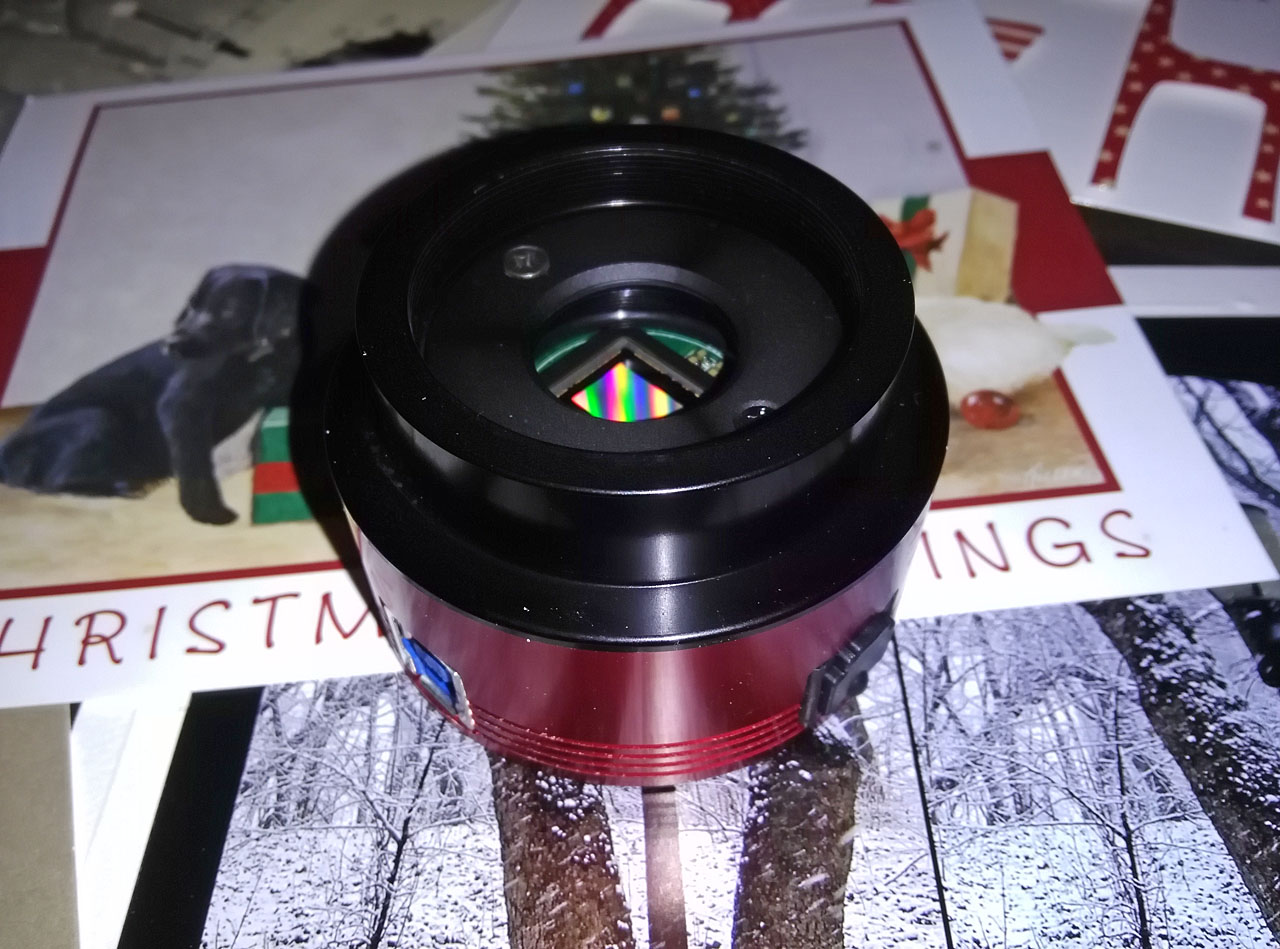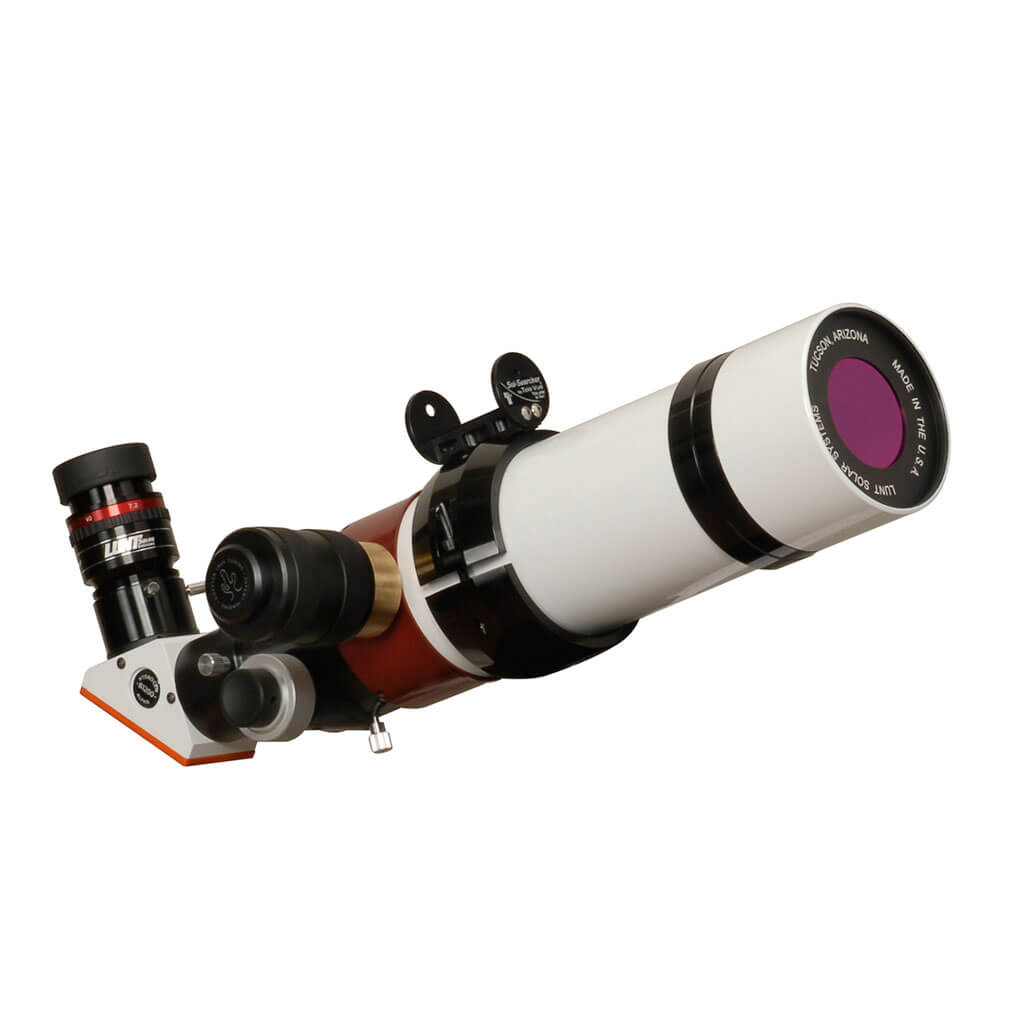It’s a phrase we hear a lot this time of year – “where did the time go?”, and it certainly does feel like 2016 flew by much too quickly, but what I’m really referring to here is that since I’m all done with holiday bazaars and other sales events for the year, I thought I’d tell you where the profits from my business go.
First I am thrilled to report that sales were great this year. I had set a goal of a 30% increase over last year, but as of this moment it is close to a 70% increase! “Thank You” to all my customers in 2016.
I told you before about the Canon 6D camera and Samyang 24mm lens I bought earlier this year. It has been a lot of fun to shoot wide-field night sky images with this camera, but I have extended that capability by pairing it with the iOptron SkyTracker mount and Vello ShutterBoss. The SkyTracker is a very small, light weight motorized mount for use with DSLR cameras and relatively short lenses (short compared to a telescope). The ShutterBoss is a programmable intervalometer, thus allowing the unattended capture of multiple exposures of (almost) any duration. The camera, mount, and intervalometer can all be powered with internal batteries, and there is no need for a computer to control anything, so it is extremely easy to set up and capture a series of full color images. The SkyTracker is not nearly as precise as my AP Mach1 mount, nor can it handle much weight, so it is limited to perhaps up to 200mm focal length lenses.
I also recently acquired a small camera, the ZWO ASI174MM:
This is an example of a recent trend in cameras for astro-photography, low cost CMOS sensors with high sensitivity and very fast video frame rates. In this case it is not cooled, as I intend to use it only for fairly short exposures, but you can get cooled models also. I have 2 uses in mind for this camera: In situations where I’m capturing deep space images with 2 different systems simultaneously this will be the guide camera for the 2nd system. More interestingly, this will be the main camera for planetary, lunar, and solar photography. Although it is much lower resolution than my other cameras, its small sensor and fast video rate is ideal for these applications. In fact, I have done very little of this kind of imaging until now for the simple reason that I didn’t have a suitable camera. All 3 of these solar system objects are relatively bright, but require a lot of magnification. Therefore, the best way to capture them is to shoot video, then process the hundreds or thousands of frames to find the best ones – the ones that are least corrupted by atmospheric turbulence.
Finally, the item I’m still saving up for, the Lunt solar telescope:
Photographing the Sun is so different from any other kind of astro-photography that it actually requires a specialized telescope. Earlier this year I borrowed a scope similar to this to get my first solar image, but I hope to get more (and better) images in 2017, including the solar eclipse (although, during totality you don’t need a special telescope to get really awesome images).
You might think that it’s pretty extravagant to buy an expensive telescope to photograph just one target. The thing is that every other target in space (with some very minor and uninteresting exceptions) does not change. Not even over a full lifetime of astro-photography. But the Sun changes constantly and quickly. And there are many different ways to look at it – some of which require even more exotic telescopes.
I’m looking forward to getting some very different images next year. Right at the moment I’d be happy to just be able to see some stars instead of the nearly constant clouds!


